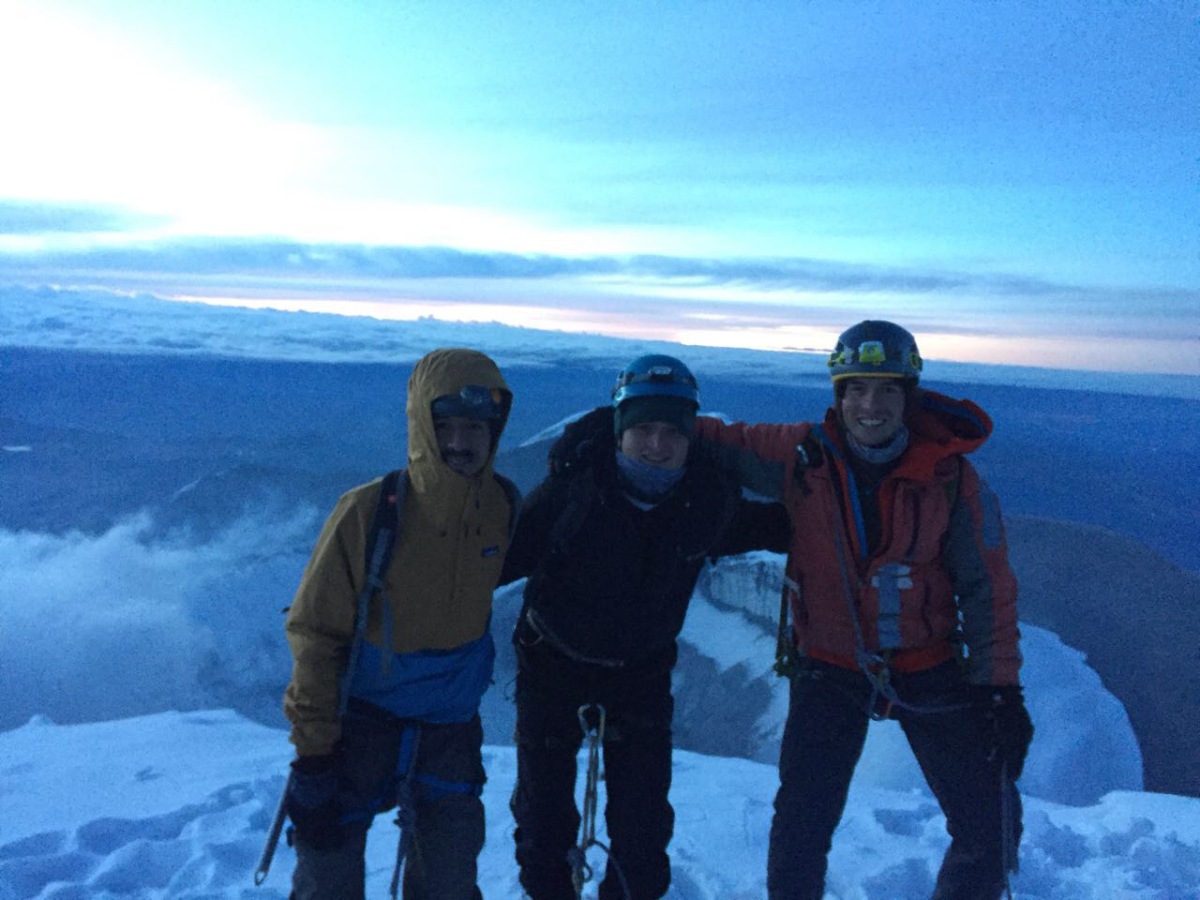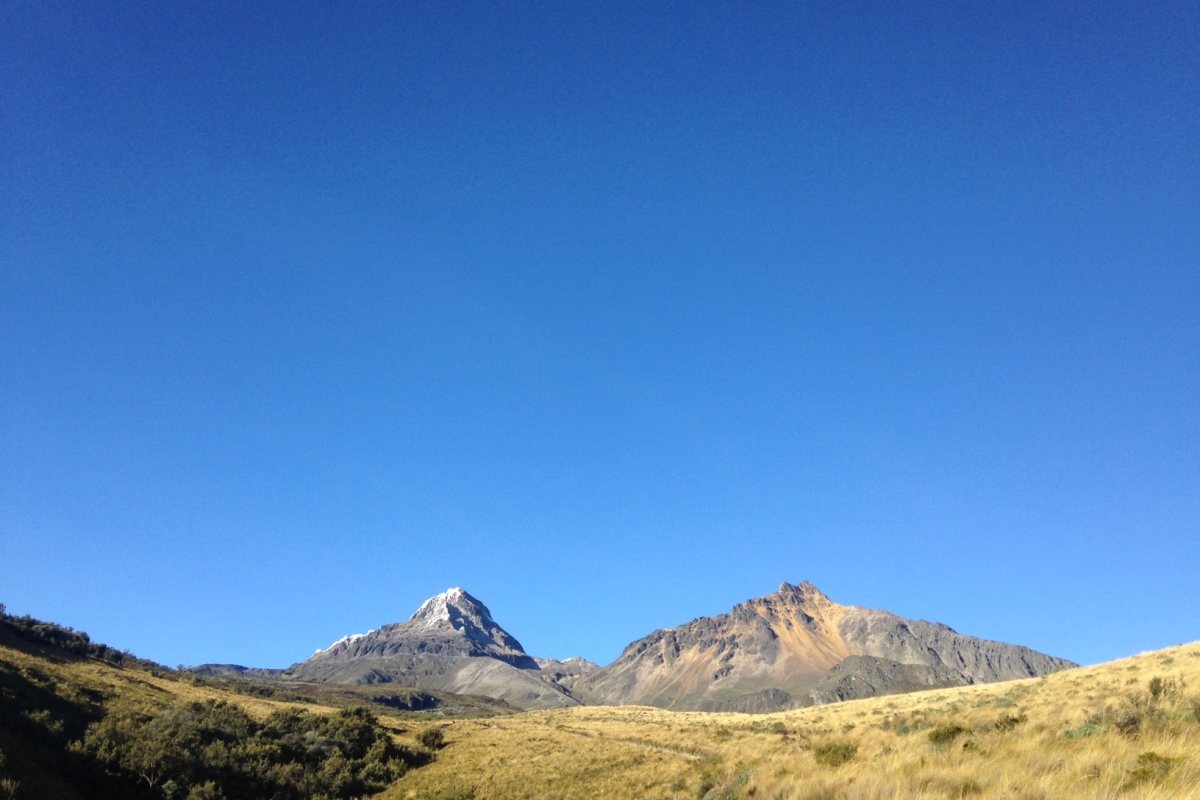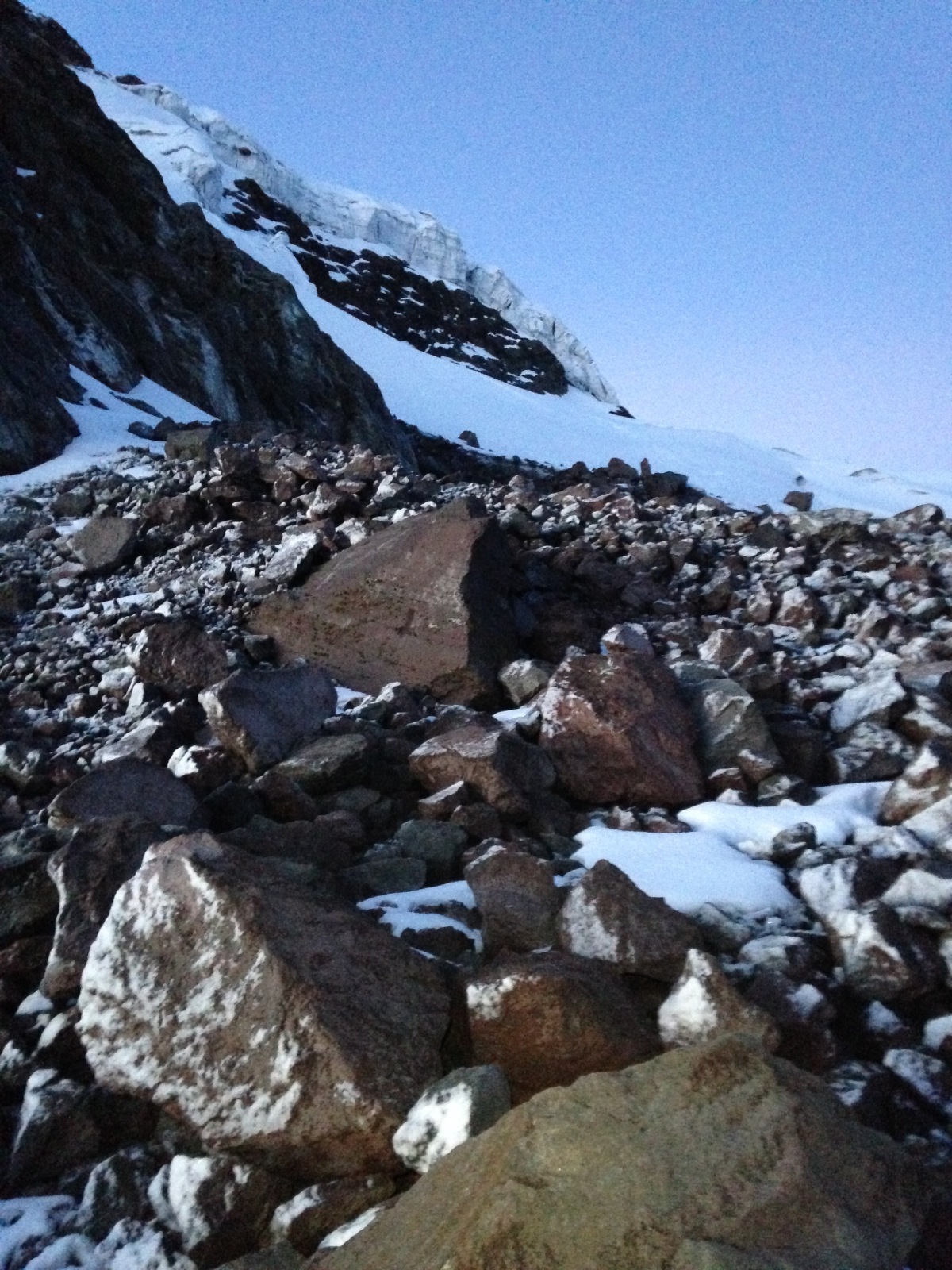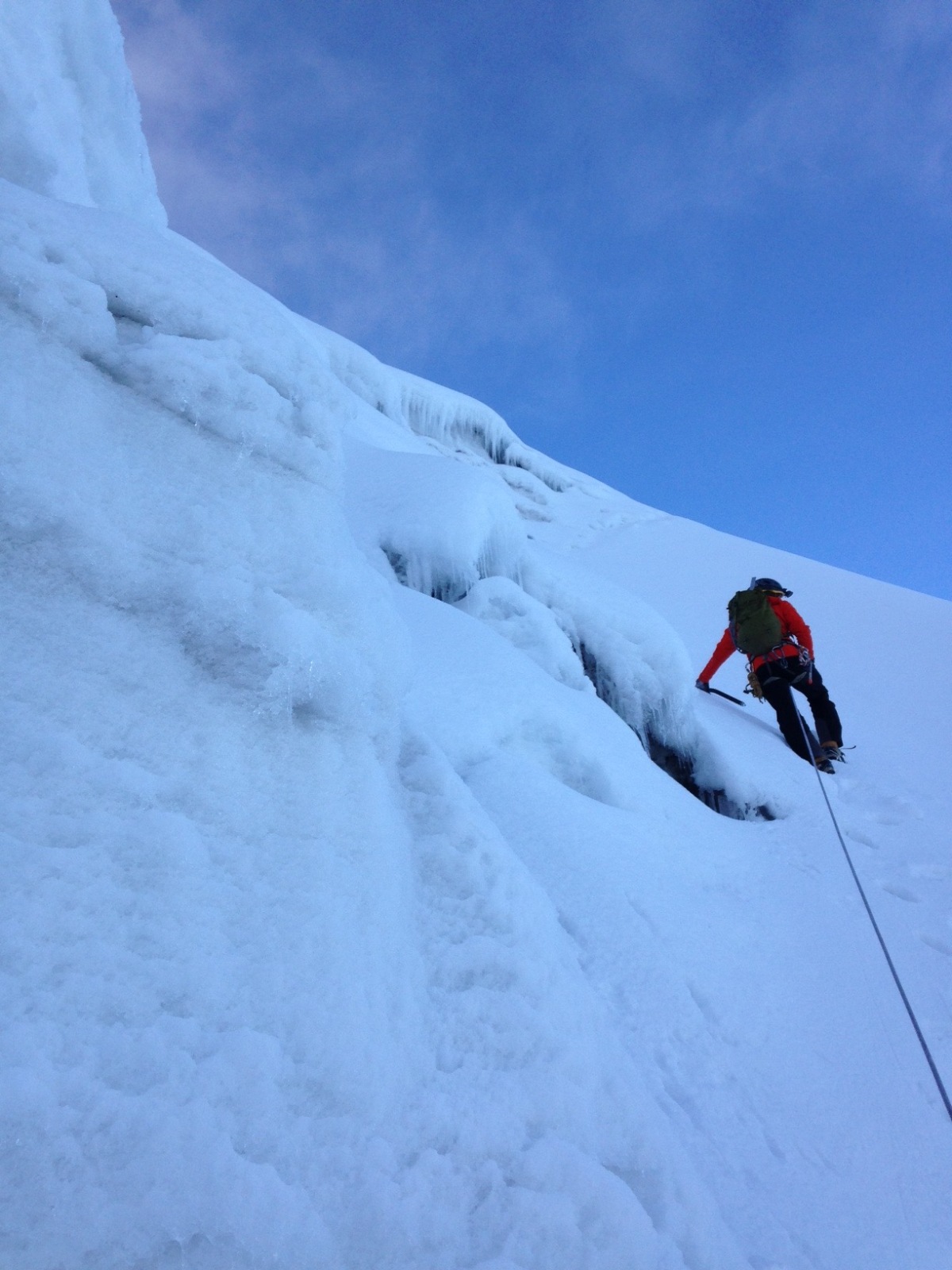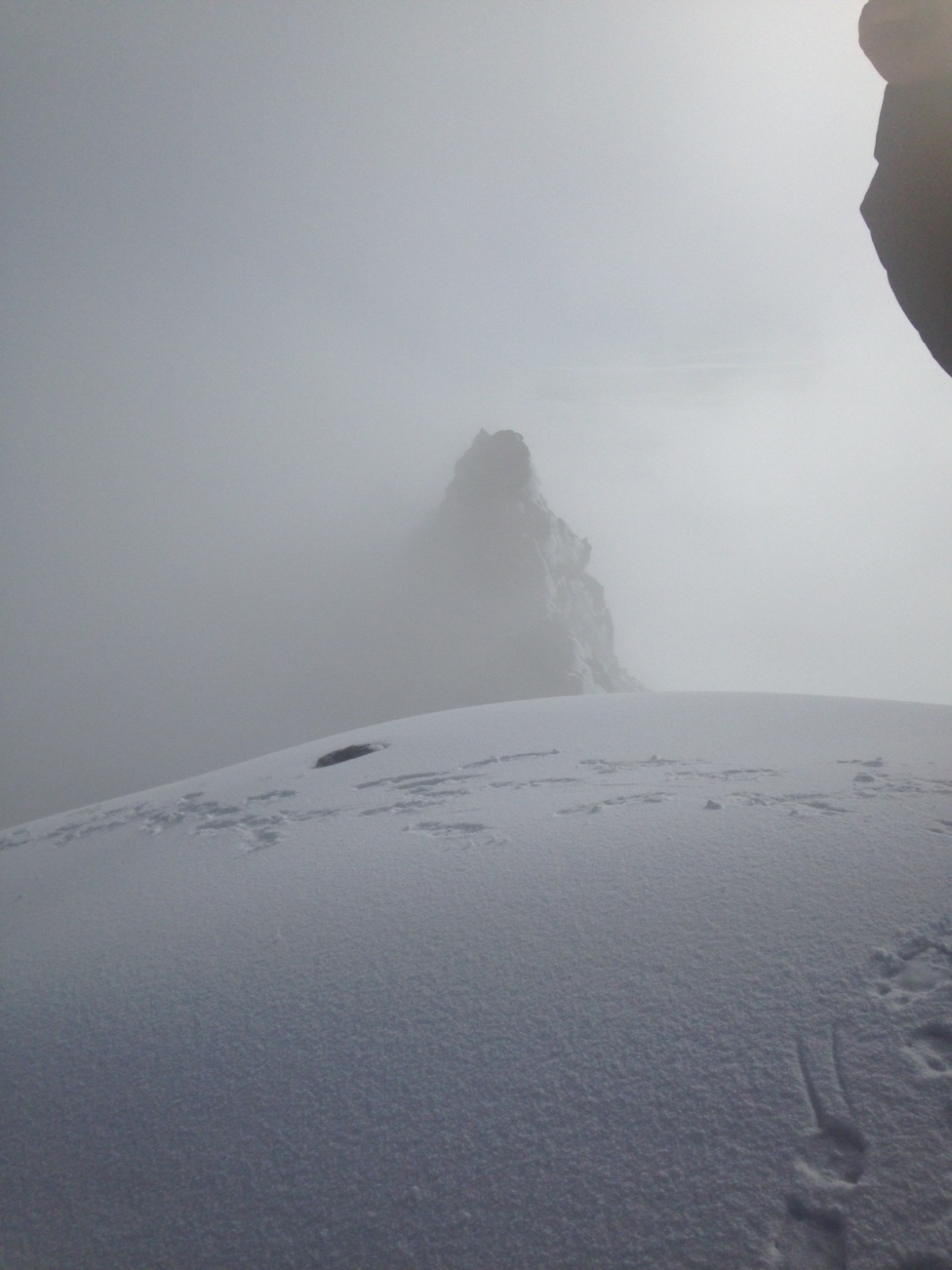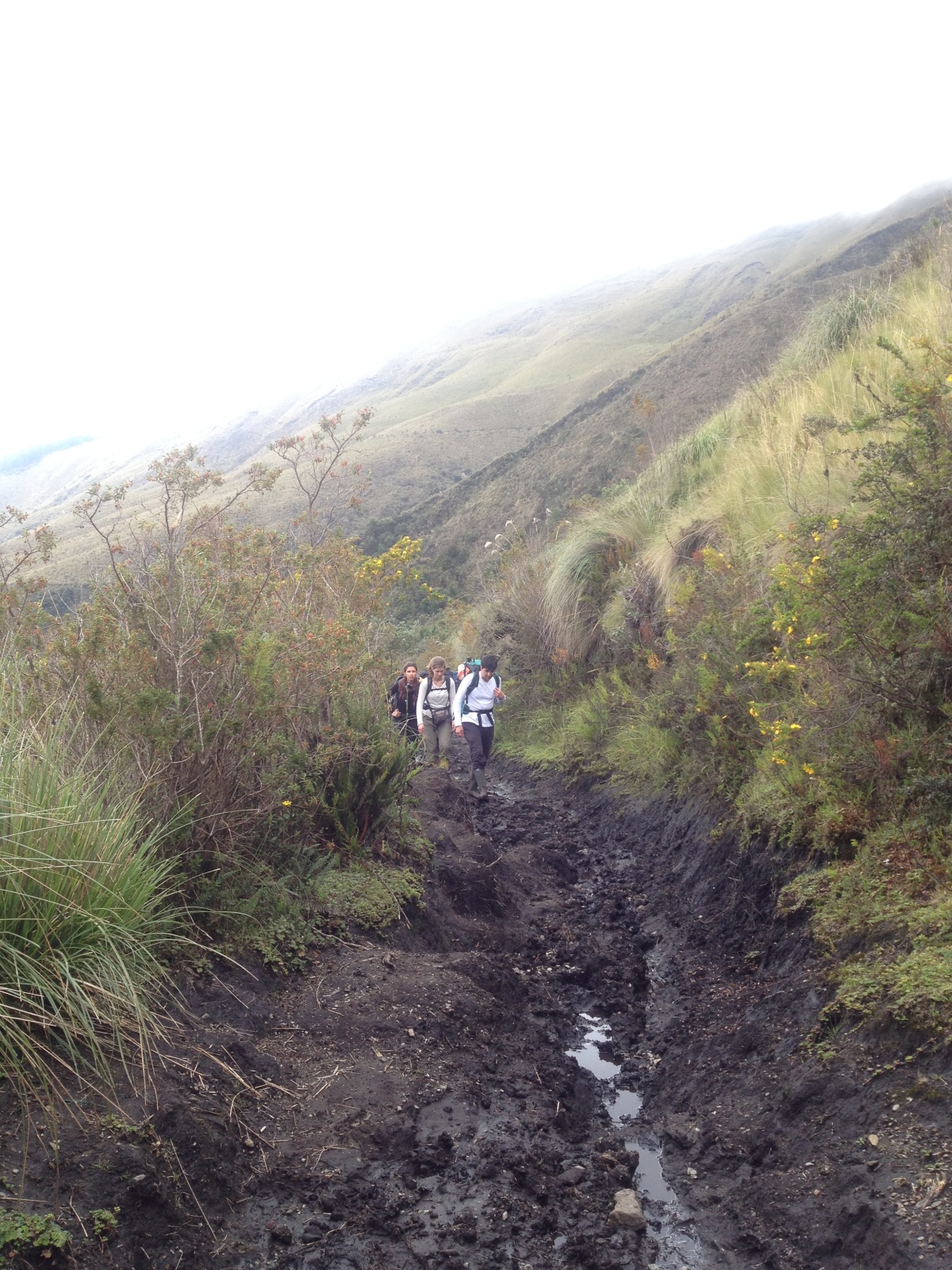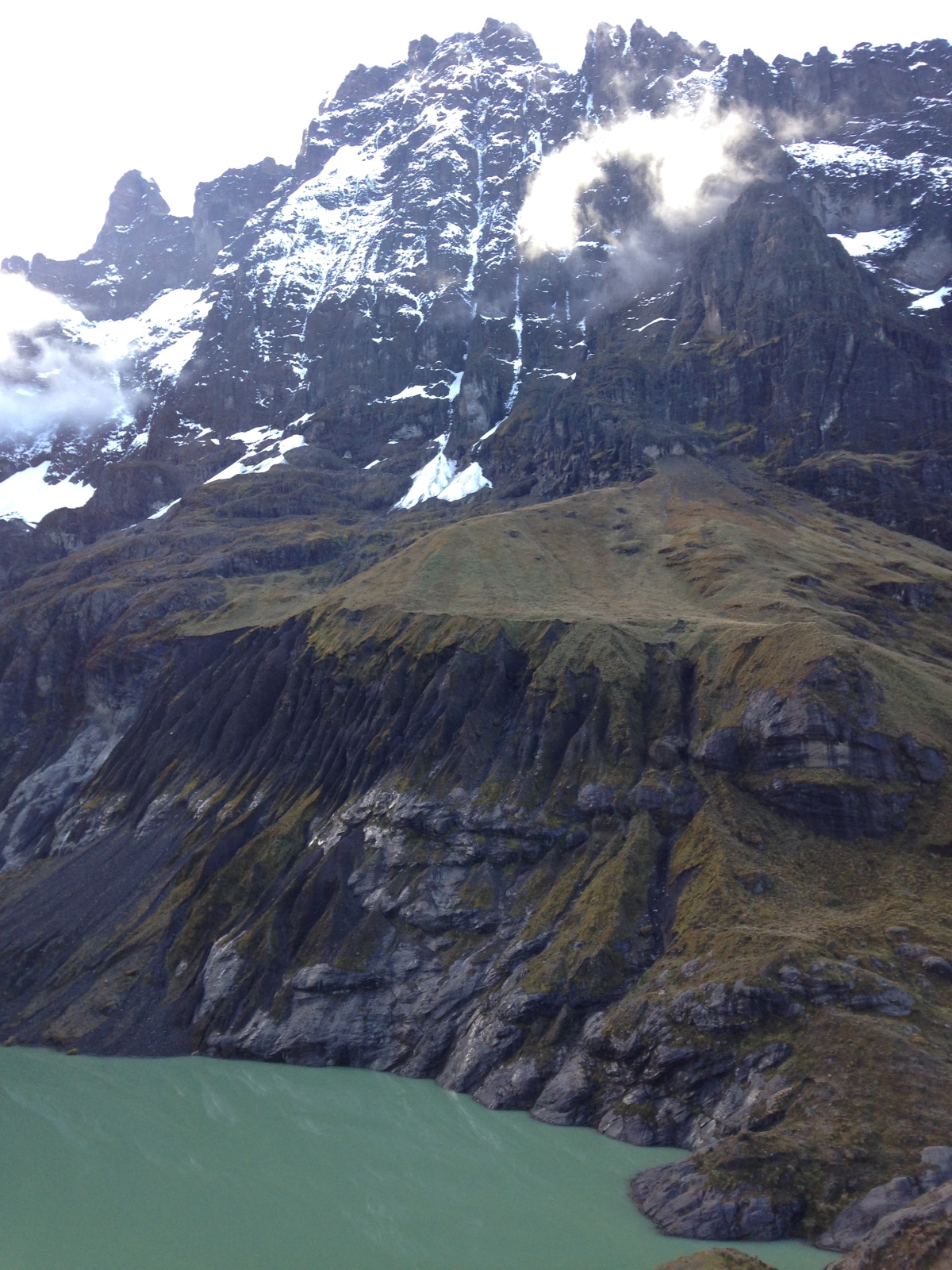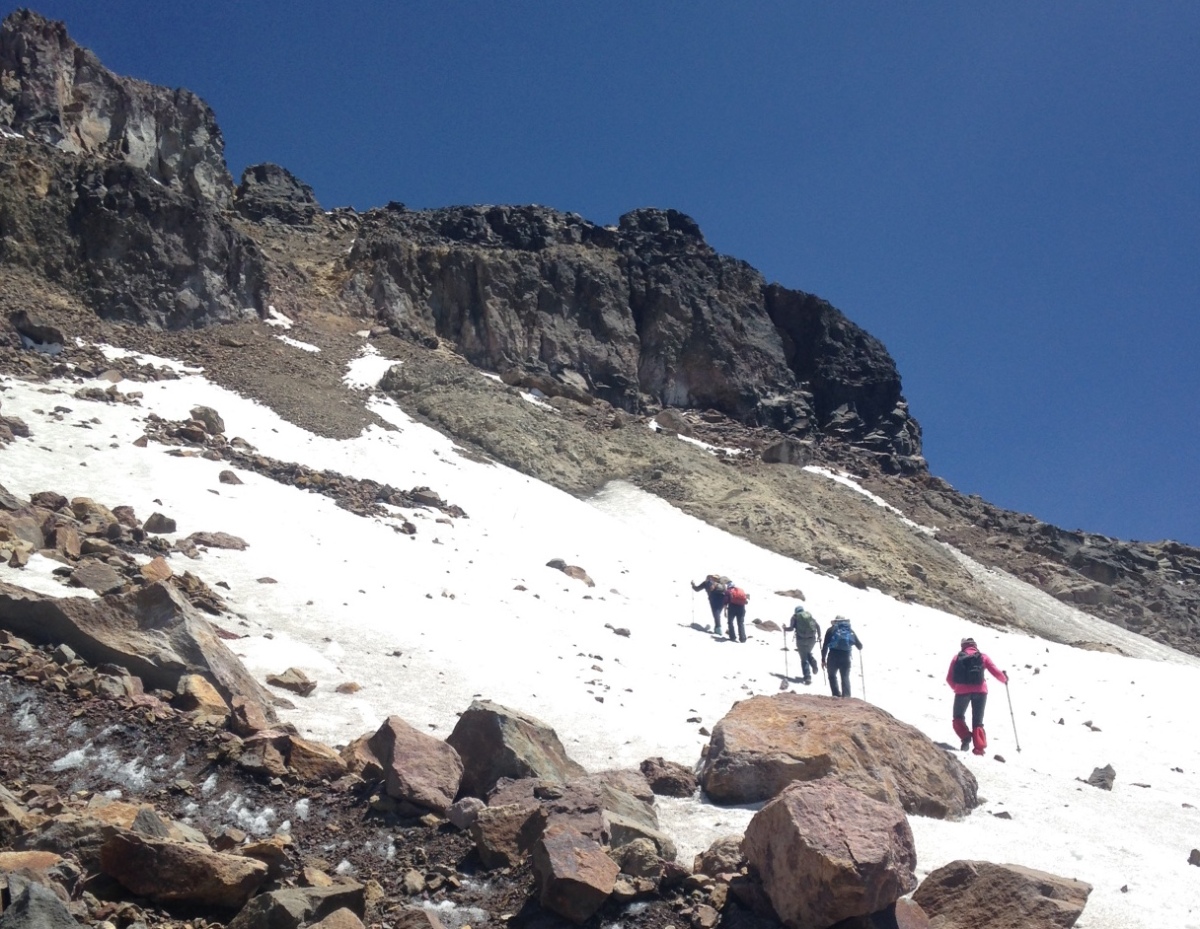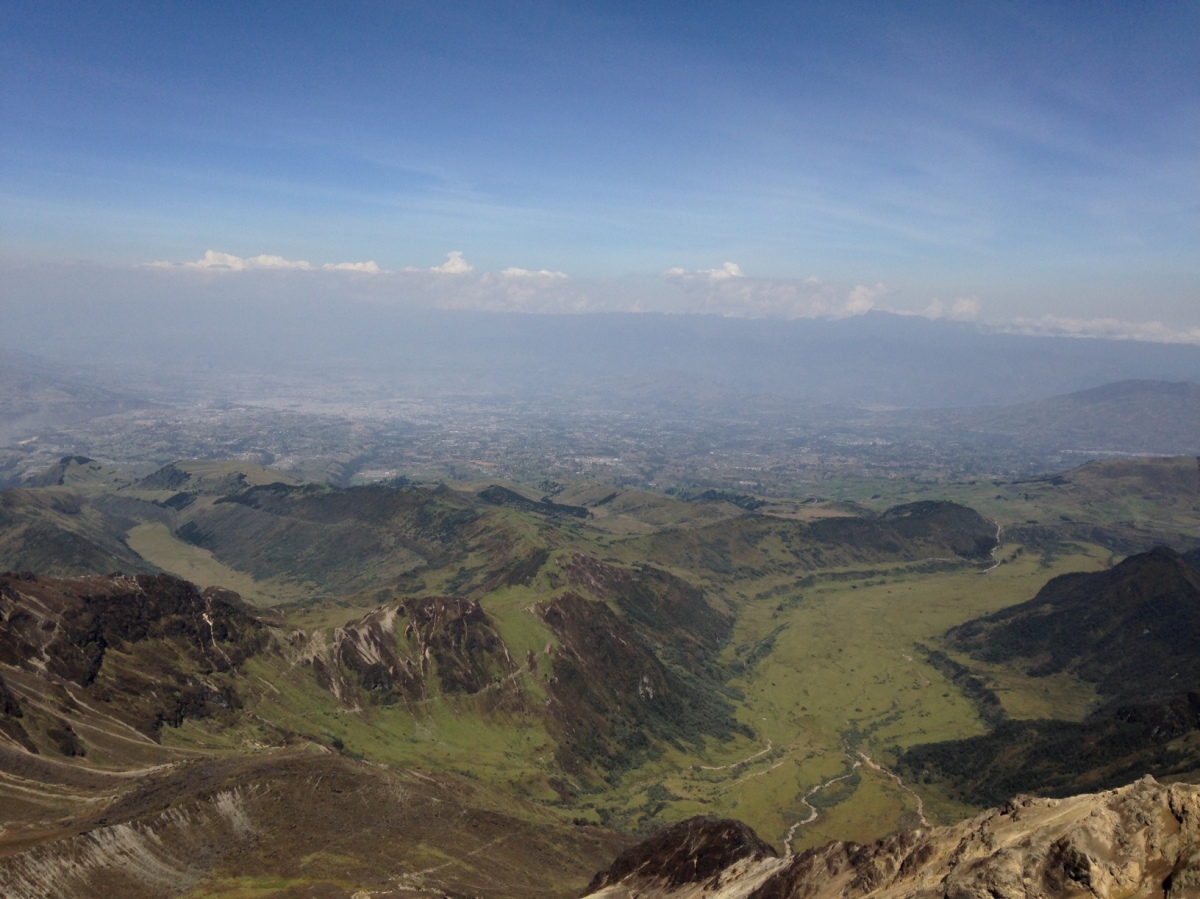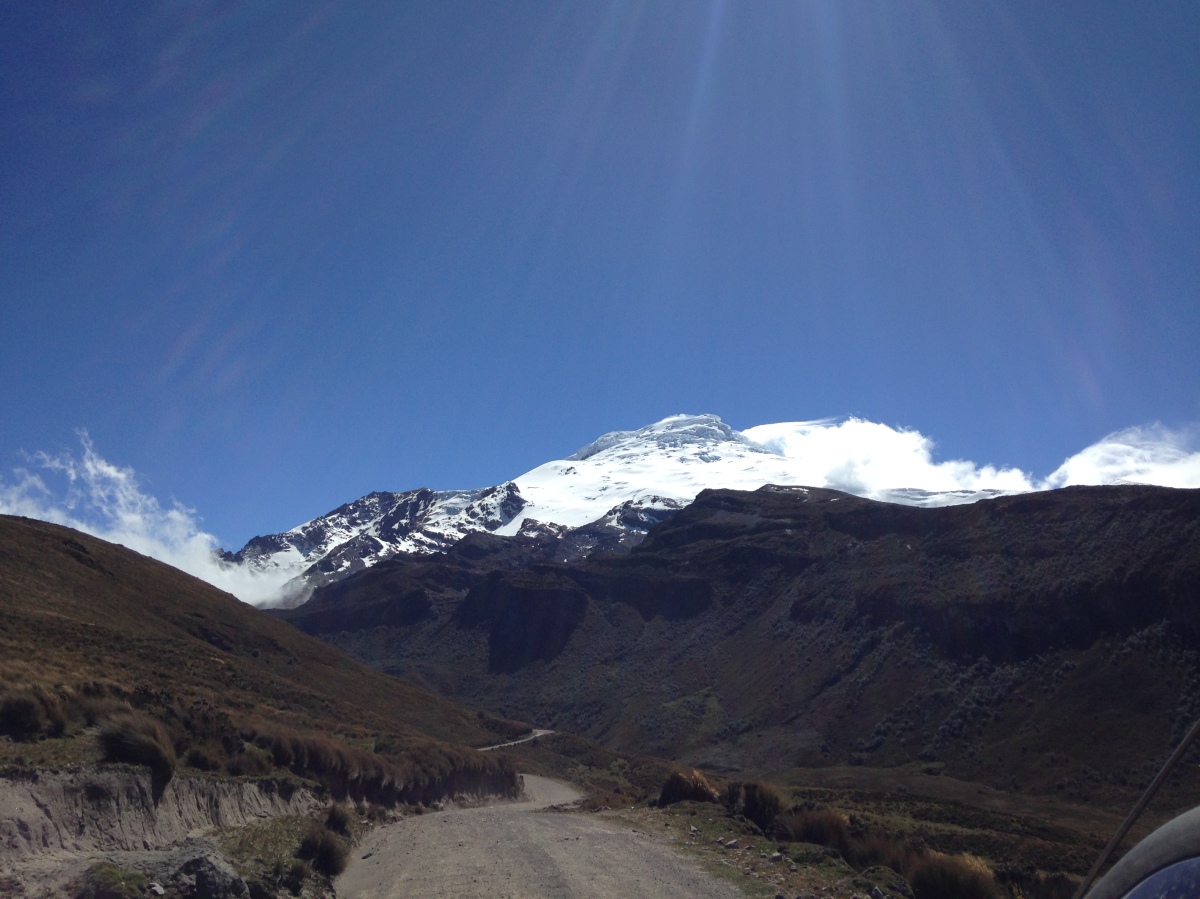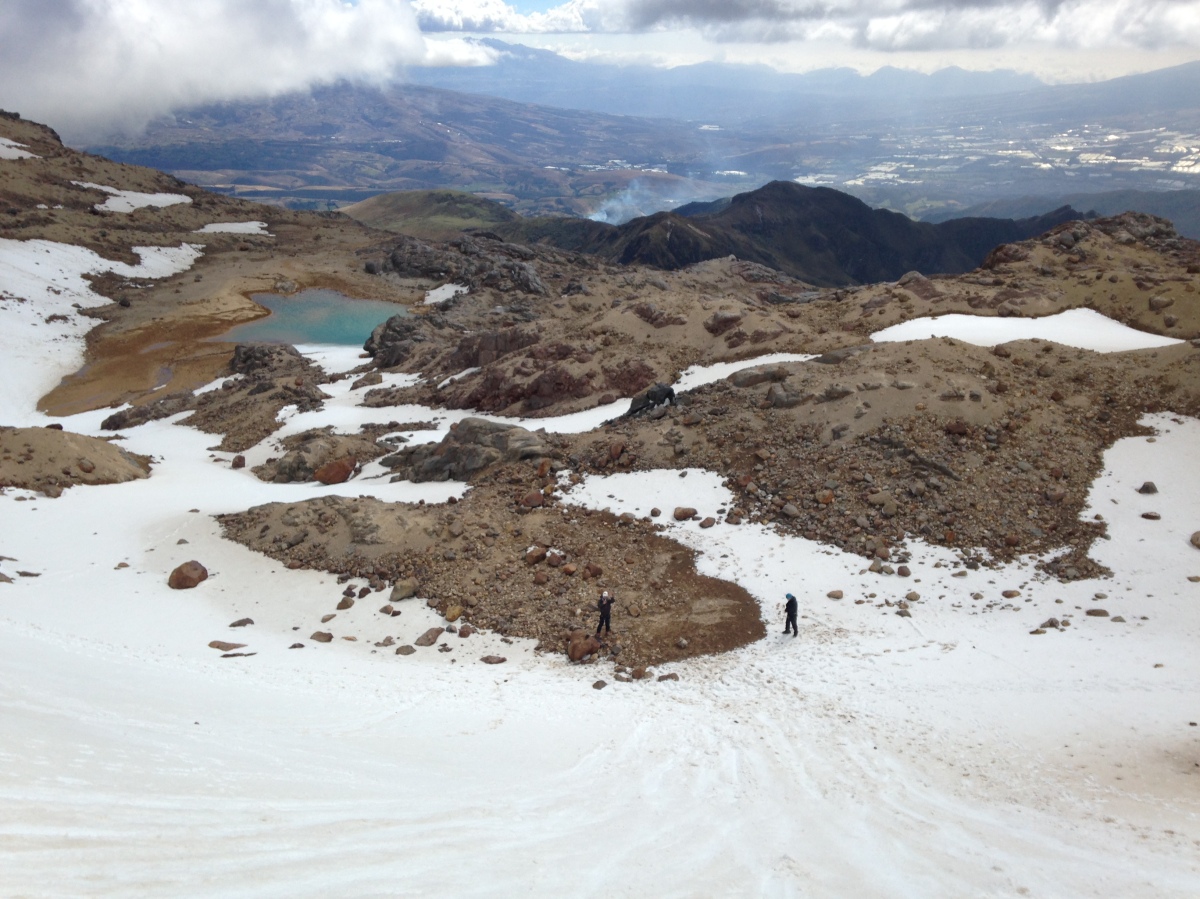At 5,897 m (19, 347 ft), Cotopaxi is one of the highest active volcanoes in the world and Ecuador’s second highest peak. Due to volcanic activity, access to it’s summit was closed for over 2 years. Last month, conditions of the volcano went back to normal and its summit was re-opened for climbers.
Since I started climbing mountains a year and a half ago, Cotopaxi was always present in my mind. Being the most iconic peak in Ecuador, I was happy to be able to finally climb it.
Cotopaxi National Park is one the country’s main attractions, surrounded by beautiful Andes scenery of paramo, lakes and volcanoes. It’s located about an hour away from Quito and also the location of “Jose F. Ribas” refuge where most climbers spend the night before attempting the climb.
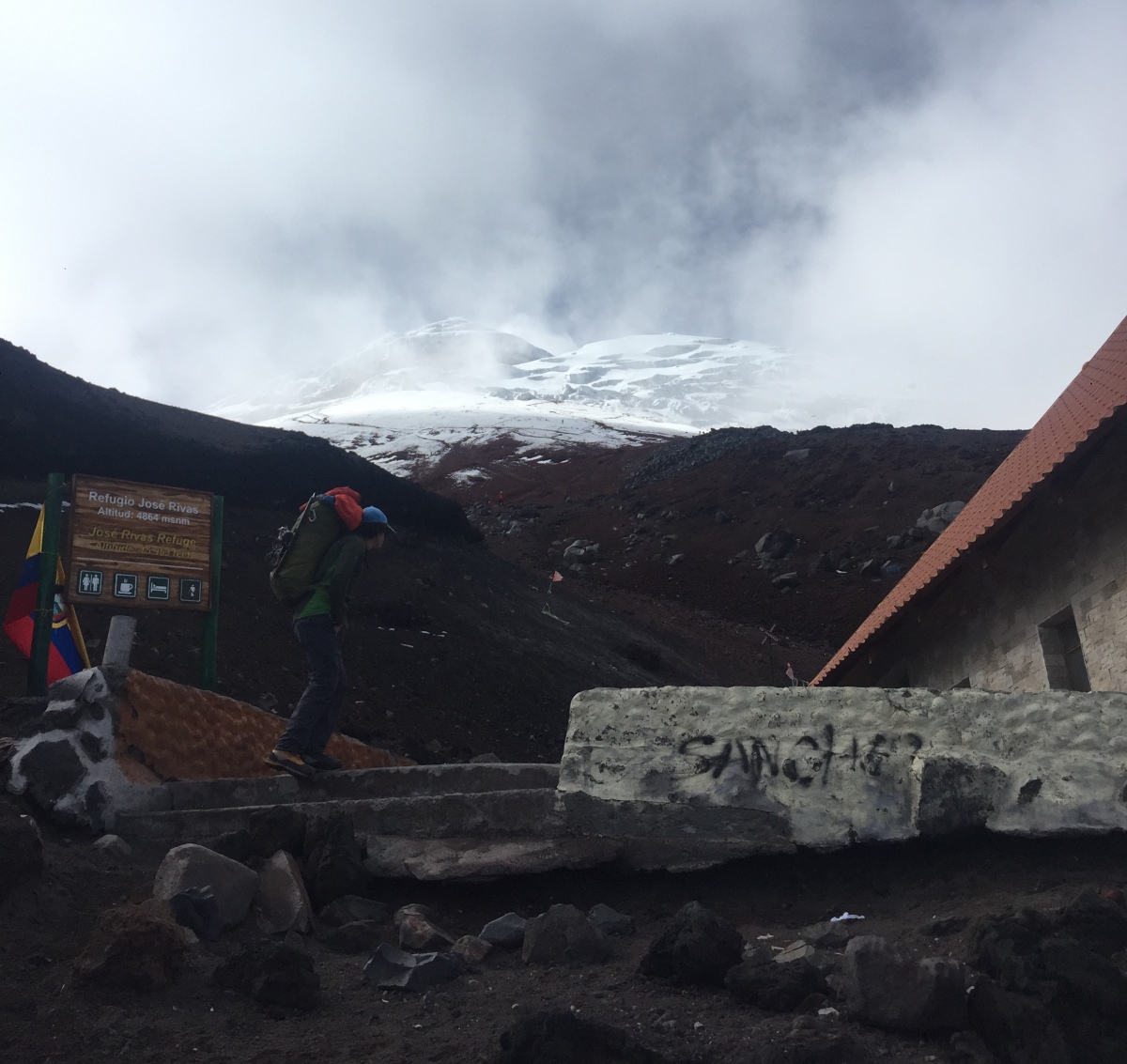
A night at the refuge with dinner and breakfast included is $32. Bring your own sleeping bag and you’re all set. Mountaineering regulations in Ecuador require that all people must climb with a certified guide as well with a permit done through a tourism agency. The refuge was packed with climbers from all over the world. Cotopaxi is Ecuador’s most popular peak to climb.
After a solid “locro de papa” (potato soup) I tried to get some sleep with little success. Before a big climb, many things go through my head and it’s a bit hard to get proper rest. I was woken up at 11:15pm and it was time to get ready. My partners for this climb (Hernan and Jorge) were the same as my previous big climb of Illiniza Sur.

The night was young and calm and the climb begins with a hike up through sand and rocks. Crampons were not necessarily just yet. I looked up and could see a canal of lights, head torches of the climbers who started their summit push before us. I looked down and same story. As we were finally reaching the glacier, we saw to our left what looked like fireworks, a beautiful scenery of thunderstorms in a far distance. My body wasn’t warm yet and I felt a bit tired.

Putting on your crampons can take some time if you’re not use to it. So we took advantage of this and went ahead of most groups. One step up, one deep breath. There is plenty of time to think while at the mountain, it keeps your mind busy while putting yourself to the limit. Cotopaxi is an active volcano to the point of almost erupting not too long ago and as we were getting closer to the summit, we passed through a couple of crevasses that produced a smell of sulfur. I began to feel nauseous for moments but luckily there were strong winds that made the odor go away.

We made it to the summit ahead of time. It was 5:09 AM. Still dark and very cold. Many of the groups that arrived around the same time, decided to go back down but we stayed until we could catch some light to see the crater of the volcano. The wait was worth it as we had amazing views of Antisana, Reventador and Chimborazo. Another great and beautiful ascent but success is when you finally get home safely. Thank you Taita Coto. I’ll see you soon but not yet.
